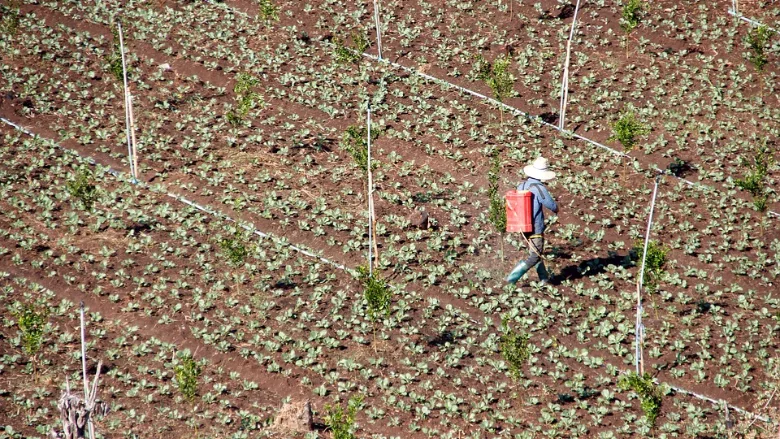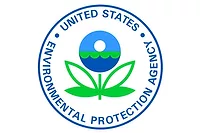EPA Ignored Glyphosate Toxicity, Court Finds

Credit: Peggy_Marco via Pixabay
The U.S. Court of Appeals for the Ninth Circuit has overturned the Environmental Protection Agency’s (EPA’s) decision that glyphosate is safe for humans. The lawsuit that resulted in the decision was filed by the Center for Food Safety (CFS) and its allies in 2020, citing glyphosate’s link to cancer and other health conditions in humans, as well as glyphosate’s damaging effects to the environment and endangered species. Glyphosate is the active ingredient in Monsanto-Bayer’s Roundup product line, which is one of the most widely used pesticides in the global agrifood sector.
In its recent decision, the court unanimously agreed that "EPA did not adequately consider whether glyphosate causes cancer and shirked its duties under the Endangered Species Act." The court stated that EPA’s conclusion that glyphosate is not carcinogenic was inconsistent with epidemiological studies and laboratory animal studies. The court also asserted that EPA’s evaluation of glyphosate as a cancer-causing agent was not aligned with EPA’s own guidelines and that EPA selectively discounted evidence of glyphosate causing tumors in animal studies. EPA was directed to reassess and conclude glyphosate’s ecological toxicity, the cost of its harm to farmers, and its impact on endangered species by October 2022.
Represented by CFS, other petitioners in the case included the Rural Coalition, the Farmworker Association of Florida, Organización en California de Lideres Campesinas, and Beyond Pesticides. A consolidated case was led by the Natural Resources Defense Council and included the Pesticide Action Network.
The litigation regarding the registration of glyphosate did not occur without bringing forth glyphosate supporters in the agrifood industry, however. For instance, in an oral argument on January 20, 2022, the American Soybean Association stated that it believes glyphosate to be one of the safest, most effective tools that growers, landscapers, and other users have to manage economically damaging weeds and maintain important conservation practices. Other groups in support of glyphosate included the Agricultural Retailers Association, the American Farm Bureau Federation, the American Sugarbeet Growers Association, the National Association of Wheat Growers, the National Corn Growers Association, and the National Sorghum Producers group.
Background
In 2020, EPA announced an interim decision on its registration review of glyphosate, concluding that the pesticide does not pose a cancer risk to humans while also mandating mitigation measures regarding labeling, glyphosate spray drift, and glyphosate resistance in weeds. Registration review is EPA’s process for reviewing pesticides every 15 years; the glyphosate registration review process was initiated in 2009 and spanned over a decade. EPA’s interim decision concluded that there is no cancer risk from glyphosate in general, but did not come to a specific conclusion regarding glyphosate’s link to non-Hodgkin lymphoma.
CFS filed its lawsuit in response to the interim decision, highlighting EPA’s failures to assess how glyphosate enters the human bloodstream after contact, to test glyphosate’s various product formulations that contain additional ingredients, or to consider glyphosate’s effects on endangered and threatened wildlife. In its lawsuit, CFS cited “volumes of evidence” showing how EPA ignored glyphosate’s health risks, including a 2015 World Health Organization (WHO) declaration that the pesticide is “probably carcinogenic to humans.”
In May 2021, EPA responded to CFS’ lawsuit by admitting to errors in its interim registration process and requesting permission to reassess glyphosate’s effects, while allowing Roundup to remain on the market and not announcing a deadline for a new decision. Shortly thereafter, Monsanto-Bayer announced that it would end sales of glyphosate-based herbicides in the U.S. to manage litigation risks, since over 40,000 lawsuits had been filed by cancer patients or their families against the producers of Roundup. Monsanto-Bayer attempted to petition the U.S. Supreme Court to overturn lower courts’ decisions to financially award cancer patients who won lawsuits against the company; the U.S. Supreme court let stand previous court decisions, requiring Monsanto-Bayer to reengage with over 31,000 remaining lawsuits filed by cancer patients against the company.
Looking for quick answers on food safety topics?
Try Ask FSM, our new smart AI search tool.
Ask FSM →









